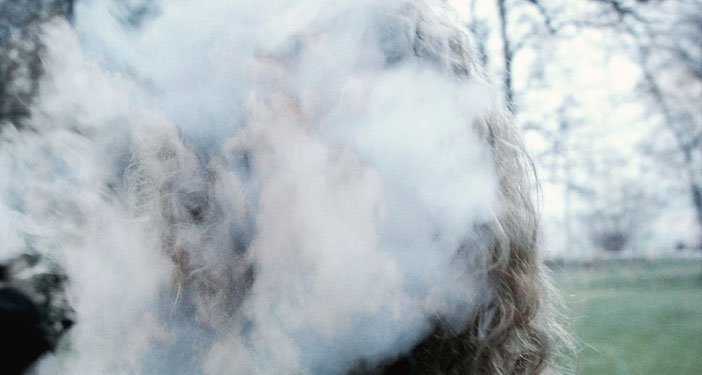Non-smokers are at risk of developing cancer or lung problems by inhaling a smoker’s smoke. Second-hand smoke, also known as “environmental tobacco smoke”, is a mixture of particles and gases caused due to burning a cigarette or a pipe and “exhaled mainstream smoke”. Second-hand smoke contains chemicals, which are injurious to health. They can also cause lung cancer and heart disease in non-smoking adults. Non-smokers should also avoid the smoke of cigarettes, pipes etc. to avoid health problems.
How Does Second Hand Smoke can Kill You?

- Second-hand smoke can cause heart diseases
- Non-smokers are at a risk of developing lung cancer
- Non- smokers at work place or at work place increase their risk of developing heart disease by 25-30% and lung cancer by 20-30%
- Second-hand smoke can aggravate existing heart problem and cause a heart attack
- It causes respiratory problems among children and can affect their lung growth
- Sudden Infant Death Syndrome (SIDS) is also caused by it. Acute respiratory infections, ear problems, and more frequent asthma attacks occur among children
- Even brief exposure to such smoke can be dangerous
- Most exposure to tobacco occurs in home and offices
- Almost 60% of U.S. children aged between 3-11- are exposed to smoke (1)
- Exposure to second- hand smoke can result in death
- People are also exposed to smoke in public places such as bars and restaurants and in cars
In several countries, efforts have been made to provide a smoke-free environment. In these countries, smoking has been prevented in public places to protect non-smokers. Legislation has been passed to this effect. Even cigarette smoking companies also give warnings of the bad effects of cigarette smoking. In fact, recently, suggestions have been made to ban smoking in cars, particularly when children are present. All these are conscious efforts by the respective Governments to control the bad-effects of smoking on non-smokers. After all why should non-smokers inhale the bad smoke of smokers? They also have a right to protect themselves.

In New Jersey, U.S., a judge ruled in favor of a casino dealer who claimed 10 years of exposure to second-hand cigarette smoke which was the cause of her lung cancer.(2)
A body of scientific evidence available has proved that efforts to create a non-smoking environment to protect non- smokers has had substantial positive effects on the health of these non-smokers. These policies have an “immediate effect on health”. Restaurants and bars in smoke-free cities have less indoor pollution as compared to those that do not have smoke-free protection laws.
Campaigns have been conducted to prevent smoking and awareness has been created about the bad effects of the smoke. Despite these efforts, smoking continues. There is no safe level of smoking. Any amount of smoke, even if it is in small amounts, is also bad for health. In U.S. the National Cancer Institute conducts regular meetings and conferences to highlight the bad effects of smoking.(3)
The Health People 2010 of the U.S. Department of Health and Human Services (DHHS) has set a goal in its agenda to reduce the number of non-smokers exposed to second-hand smoke from 65% to 45 % by 2010. Tobacco has been highlighted as one of the leading health indicator in its policy manual. On the international scene, several countries such as New Zealand, France, Ireland, Norway etc have made workplaces, restaurants and bars smoke-free. The Environmental Protection Agency (EPA) in the U.S. has also stated that second-hand smoke is a known cause for cancer.
In Canada also parents have been advised by physicians to protect their children from second-hand smoke.(4) Based on statistics, it was observed that Canadian children were exposed to smoke at home. Parents often smoked without realizing the damage it caused to children.
Non-smokers are definitely at risk to health hazards caused by smokers. It is a world-wide phenomenon. Legislators and physicians have expressed much concern about reducing second-hand smoke and protecting the non-smokers from such smoke. One hopes that people will be more conscious and make an effort to smoke less.